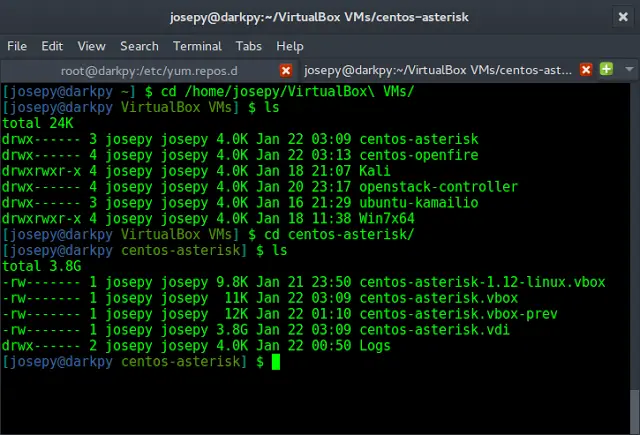Tensorflow.js is an open-source library developed by Google for running machine learning models and deep learning neural networks in the browser or node environment. It also helps the developers to develop ML models in JavaScript language and can use ML directly in the browser or Node.js.
The tf.layers.gaussianNoise() function is used to apply additive zero-centered Gaussian noise. Since it is a regularization layer hence, it is only active at training time.
tf.layers.gaussianNoise(arguments)
Parameters
- inputShape : It is an optional parameter which is used to create the input layer, and it takes values like number and null.
- batchInputShape : It is an optional parameter which is used to create the input layer before the main layer, and it takes values like number and null.
- batchSize : Its an optional parameter used to make batchInputShape, and, and it accepts only numbers.
- dtype : It is an optional parameter, and it stands for data type. By default, it has ‘float32’ and also supports other values like ‘int32’, ‘bool’ etc.
- name: It is an optional parameter and is used to define the name of the layer, and it accepts strings.
- trainable : It is an optional parameter that determines the provided input layers are updated or not. It accepts boolean values.
- weights : It possesses the starting weights of the layer. It is also an optional parameter.
- inputDType : It is an optional parameter used for input data type. Like dtype it also supports all its values.
Return Value: It returns GaussianNoise.
Example 1:
Javascript
// Importing the tensorflow.js libraryimport * as tf from "@tensorflow/tfjs"// Initializing the tensorconst geek= tf.tensor1d([28561, 53678, 21343, 81422]);// Reshaping tensorconst geek1 = tf.reshape(geek,[2,2]);// Creating gaussianNoise of poolSize 2*2const gaussianNoise = tf.layers.gaussianNoise({poolSize:[2,2]});// Applying gaussianNoise on geek1 tensorconst result = gaussianNoise.apply(geek1);// Printing the result tensorresult.print(); |
Output:
Tensor
[[28561, 53678],
[21343, 81422]]
Example 2:
Javascript
// Importing the tensorflow.js libraryimport * as tf from "@tensorflow/tfjs"// Reshaping tensorconst geek1 = tf.reshape( tf.tensor1d([215, 637, 172, 368]), [2,2]);// Applying gaussianNoise on geek1 tensortf.layers.gaussianNoise( { poolSize:[2,2] }).apply( geek1).print(); |
Output:
Tensor
[[215, 637],
[172, 368]]
Reference: https://js.tensorflow.org/api/3.6.0/#layers.gaussianNoise




